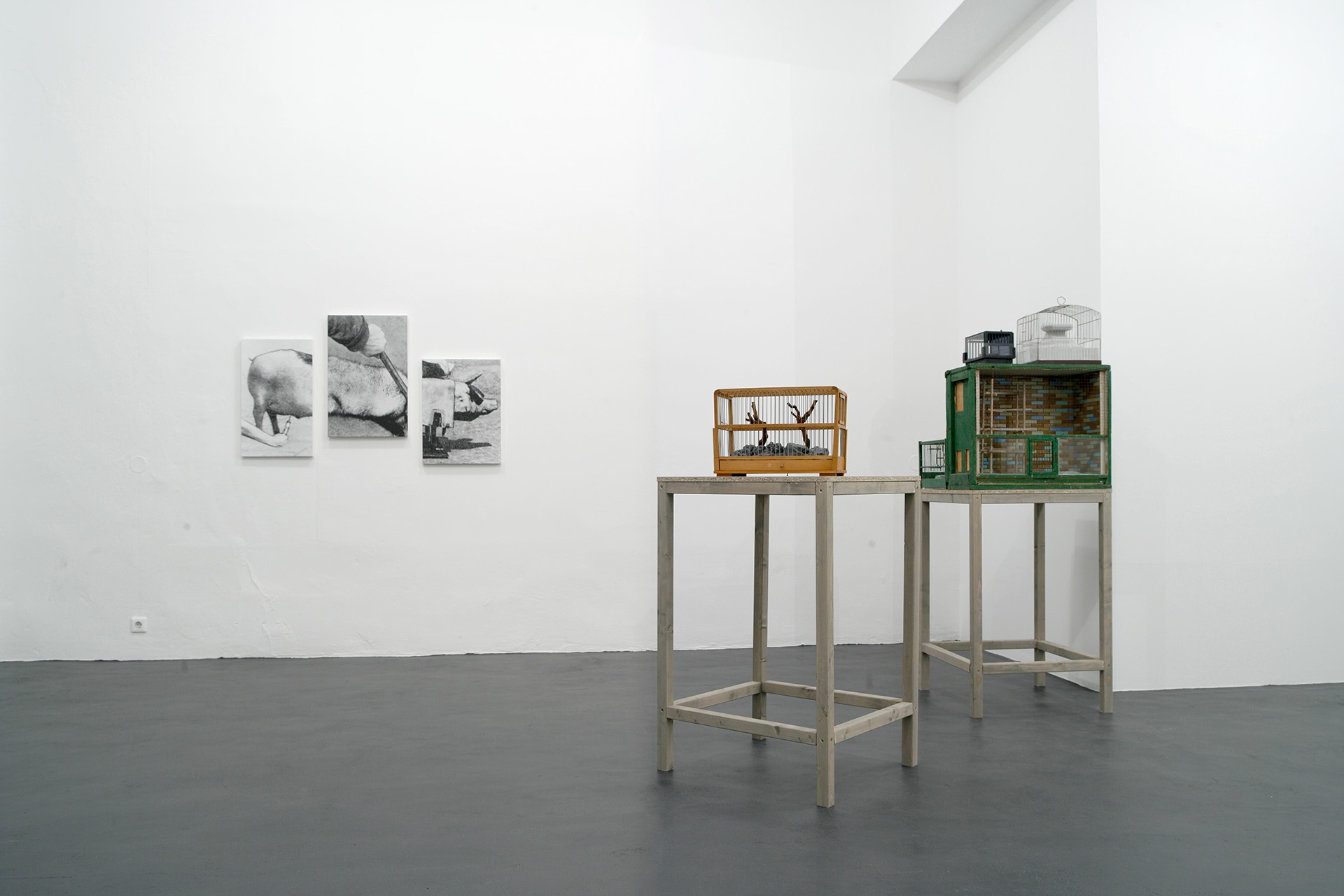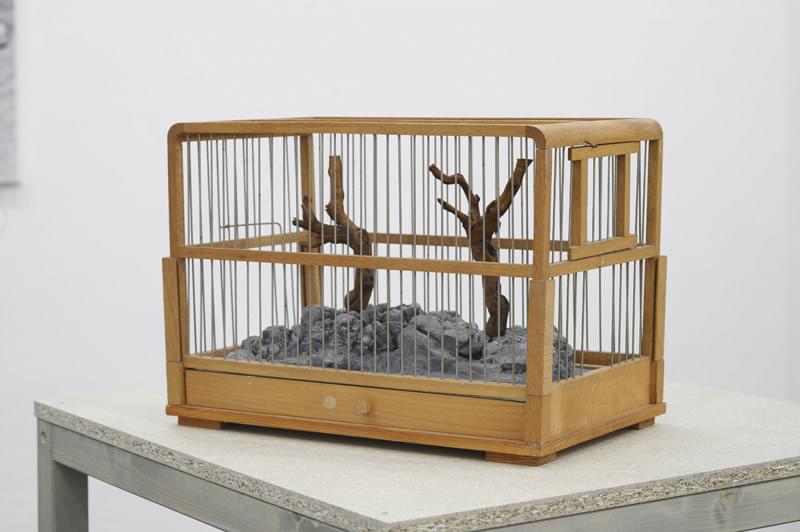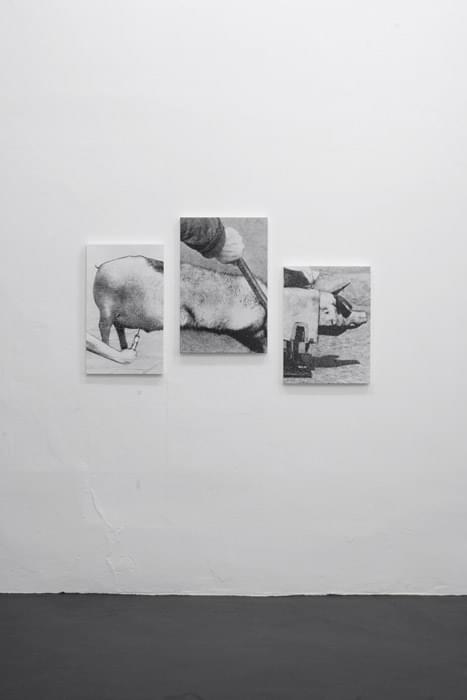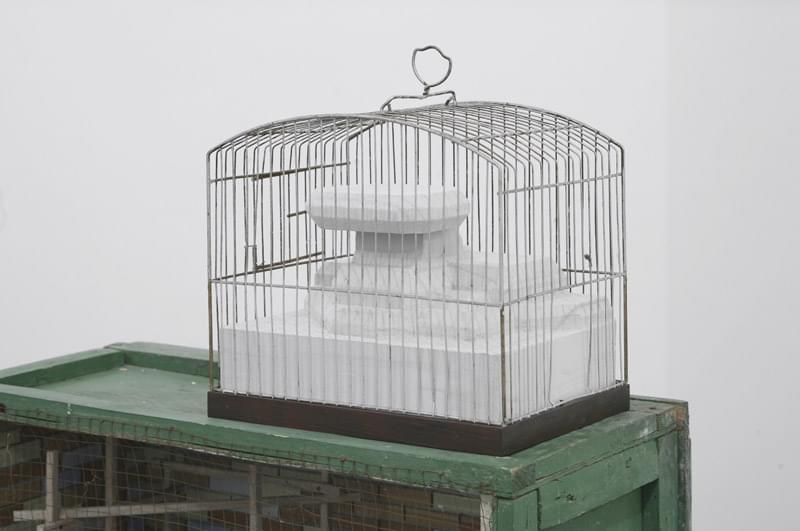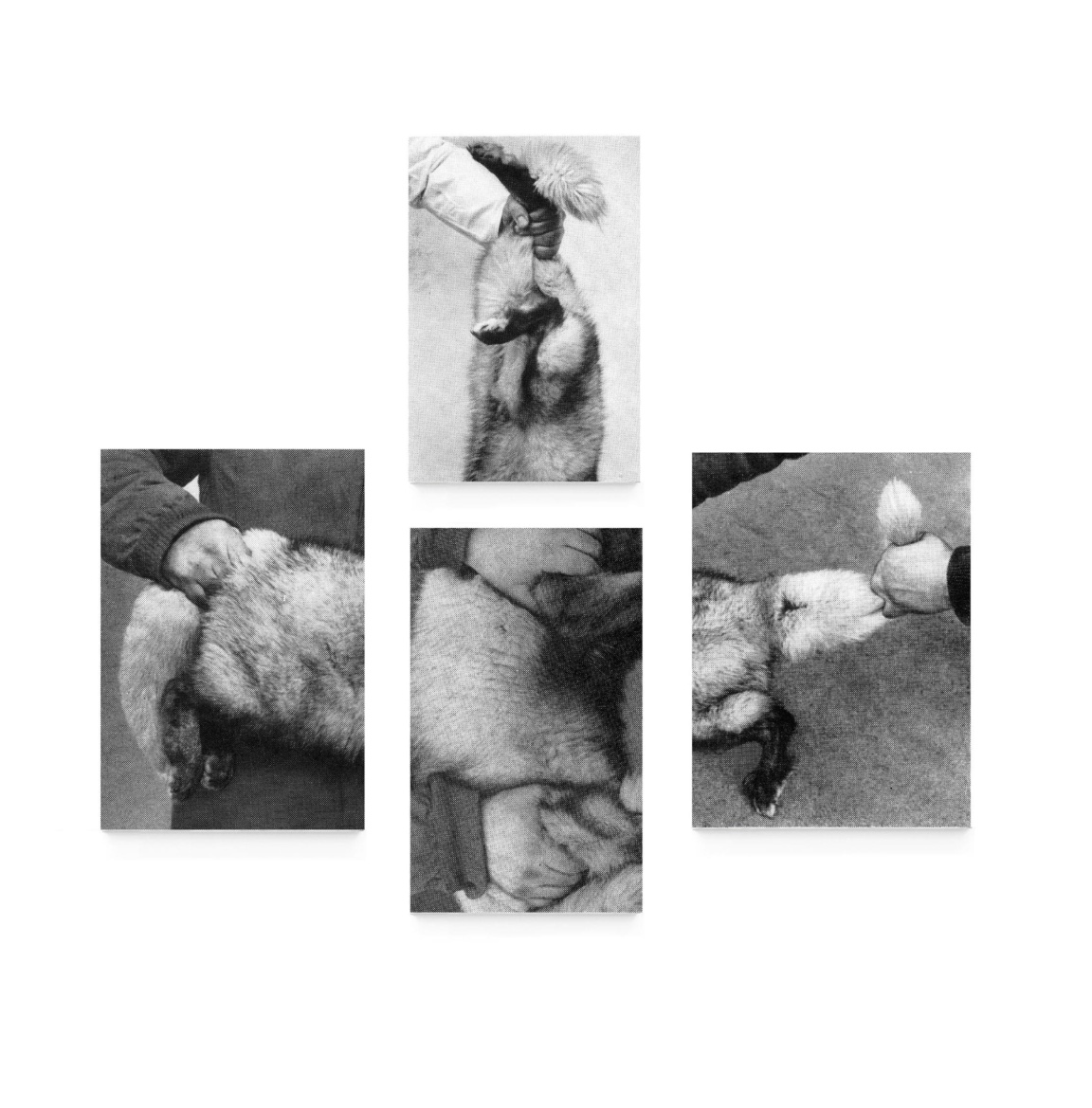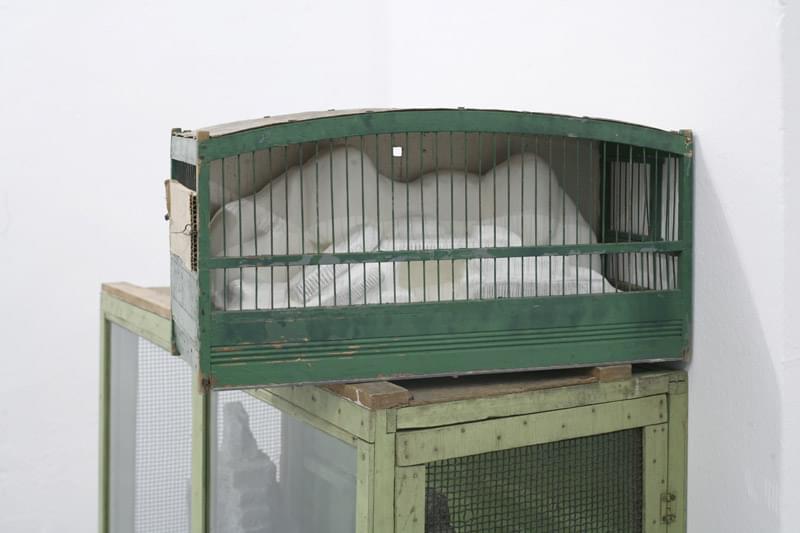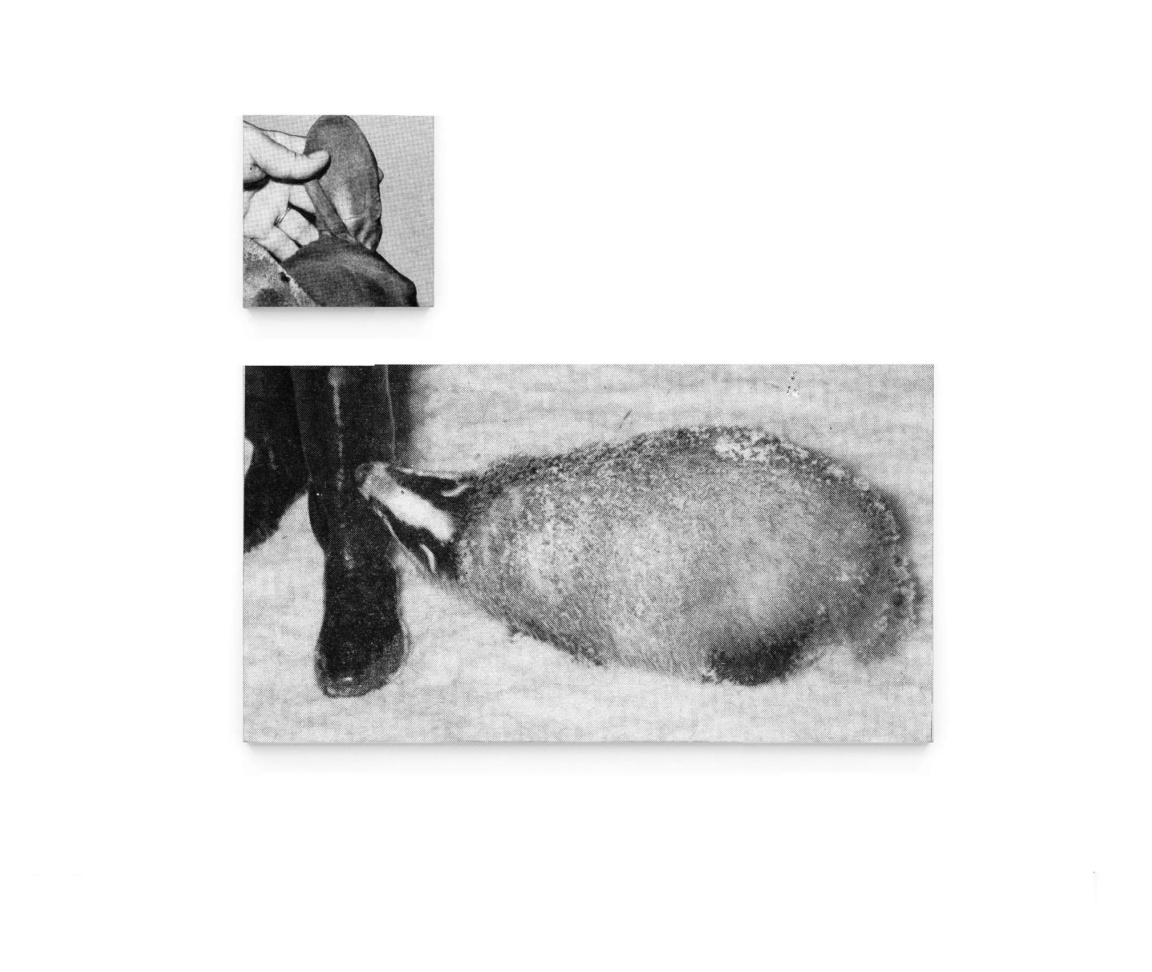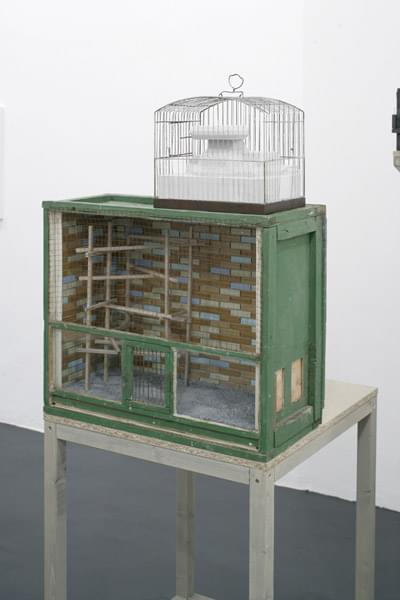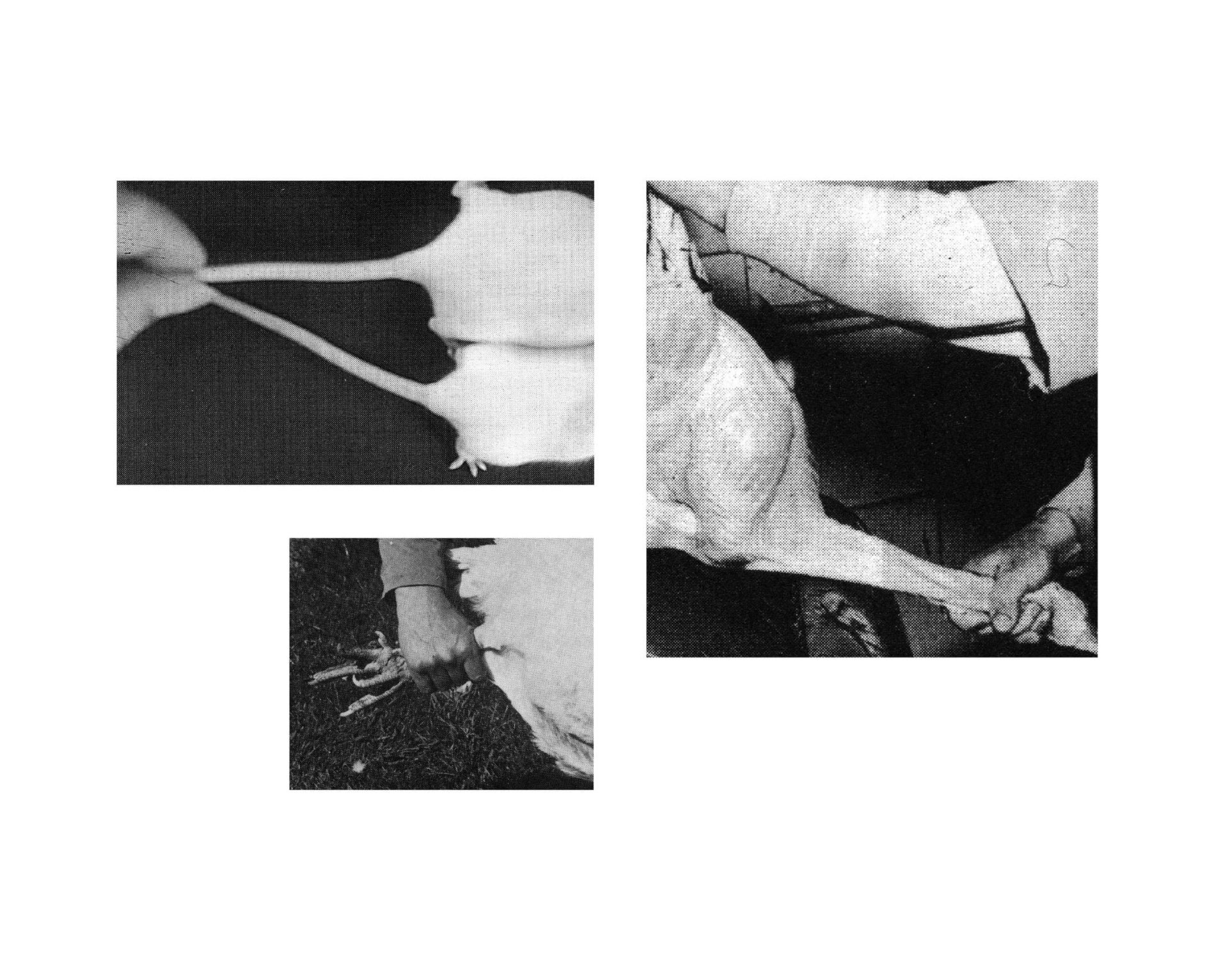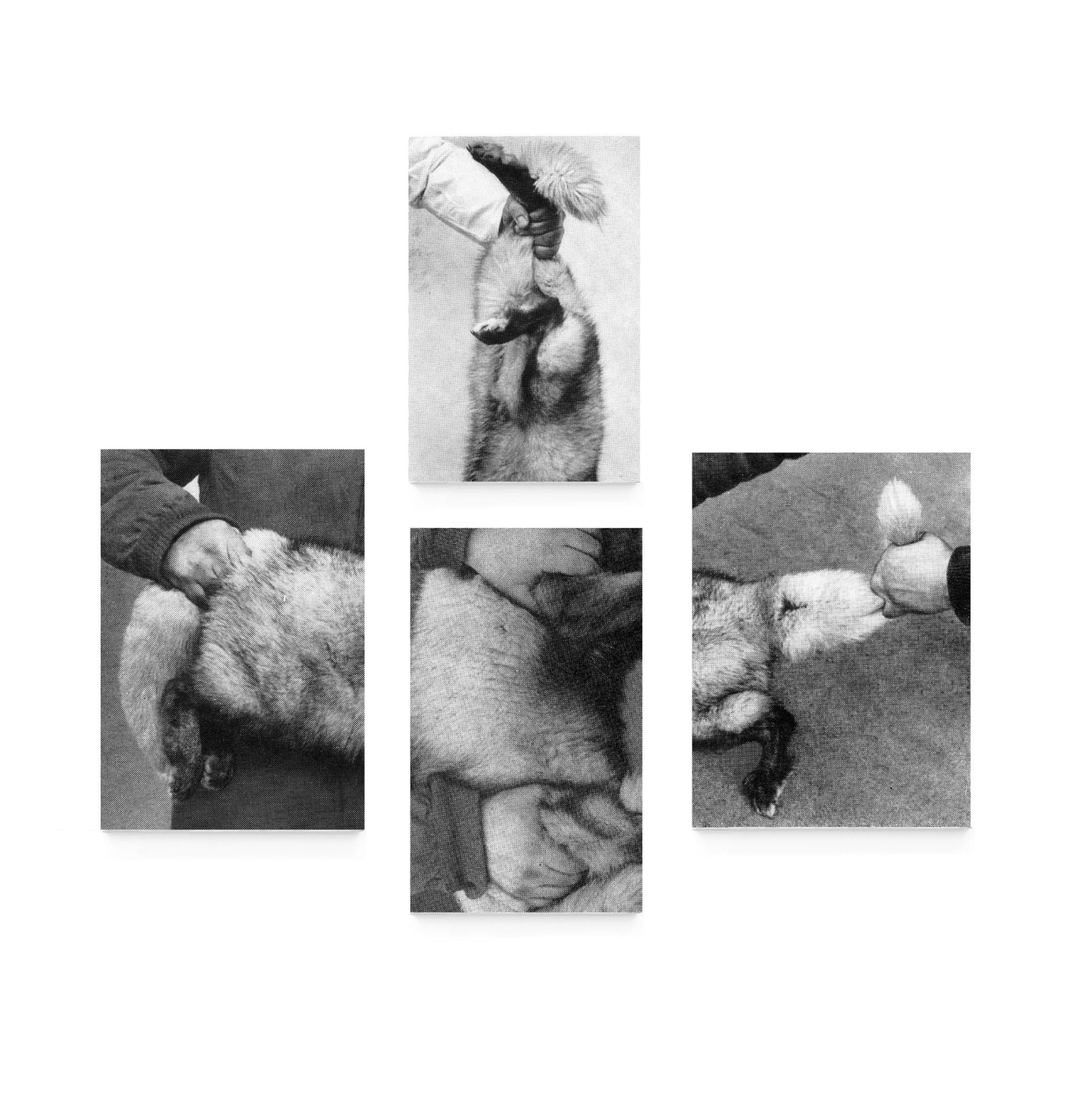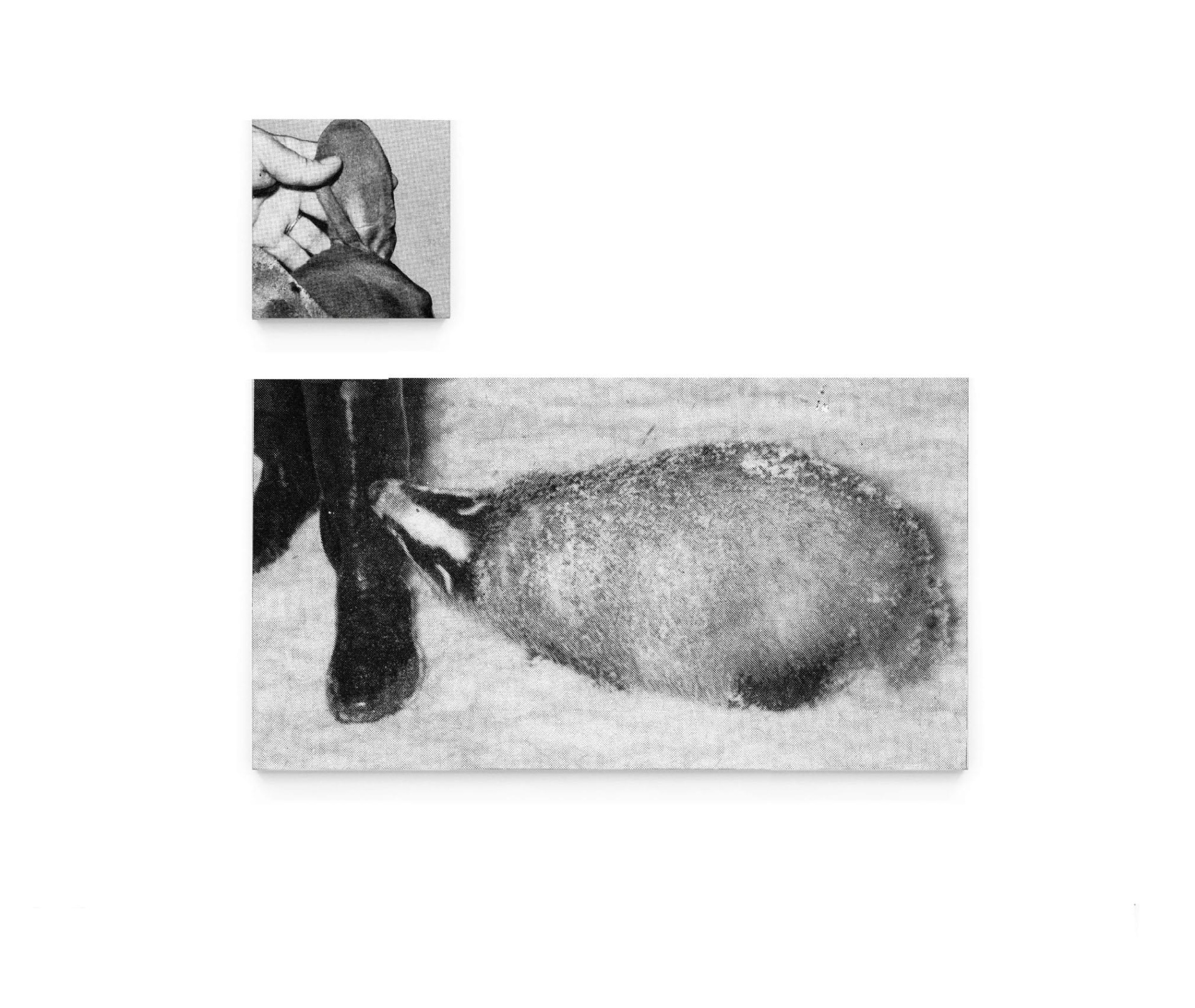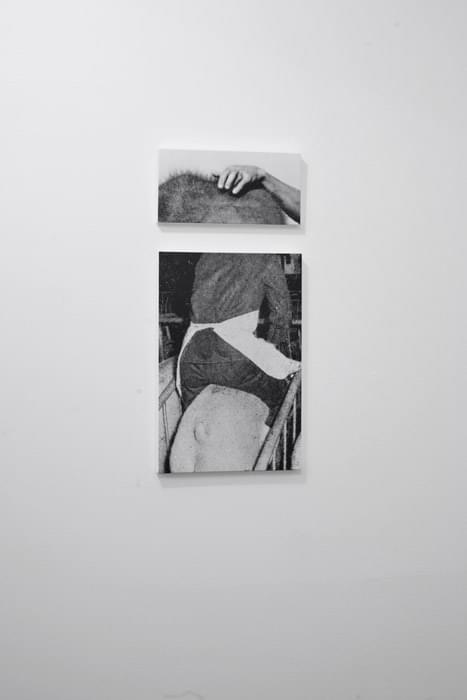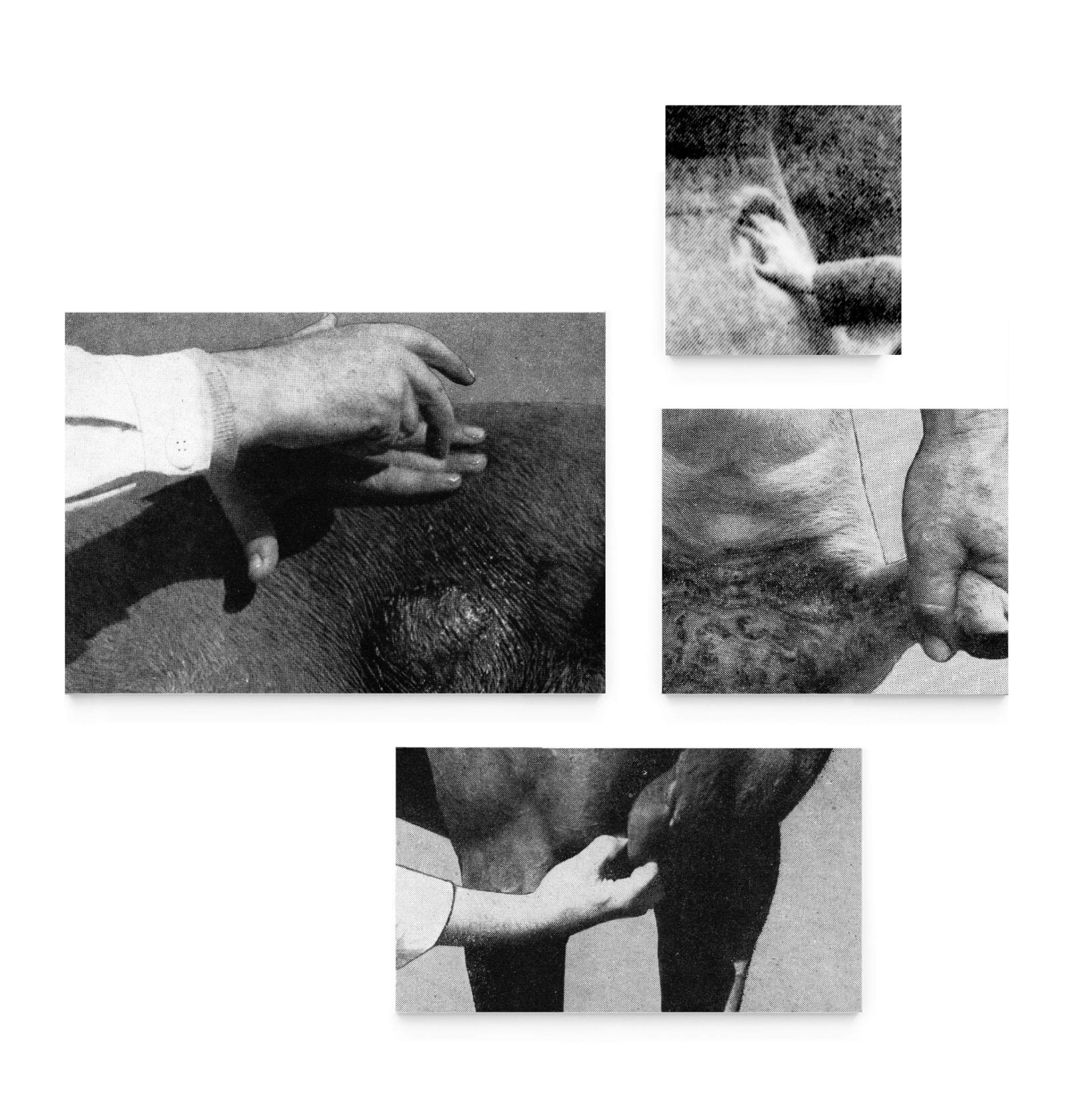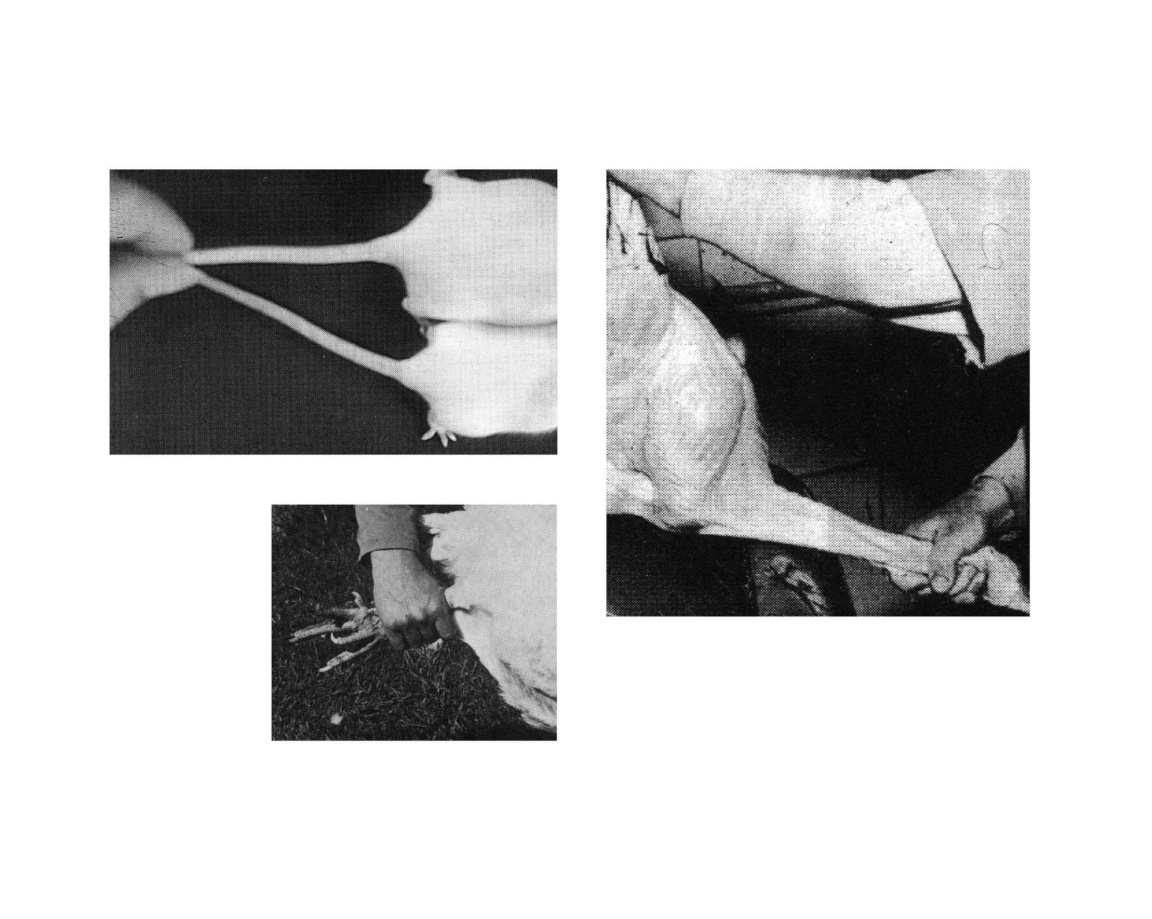
Ulrich GebertLife among Beasts
“All aspects of the relationship between human mankind and nature solidify behind the bars of an animal cage: repulsion and fascination, the will for appropriation, control and knowledge, the gradual acknowledgment of the complexity and idiosyncrasy of different life forms and much more. The microcosm of the zoo herewith stands in close relation to the history of other modern phenomena such as colonization, ethnocentrism and the discovery of the Other, the civilization of men, the development of cultural and commemoration sites like museums, or the development of leisure time. The gaze at the animal cage hence allows us to comprehend an entire society.” (E. Baratay und E. Hardouin-Fugier: Zoo – Von der Menagerie zum Tierpark, Wagenbach, Berlin 2000. Quote translated by KLEMM’S, 2009)
Ulrich Gebert examines in his metaphoric image-cycles and series the relation of human beings to their environment, in particular to nature – whether civilized or untouched. However, he does not pursue the ‘romantic’ idea of a reunification between culture and nature but rather creates in form and content a background that critically questions our living conditions. The question is, “How does the individual or society inscribe into the habitat?” Order, hierarchy, power structures, categorization, functionalization and instrumentalization are the terms that play a vital role here.
Ulrich Gebert finds images which provide this information and which convey something that is hard to be translated into language. He selects from the variety of photographic possibilities and chooses forms of depiction according to the context, be it documentary, scenic, still life or based on found material. His approach conflates an almost scientific inquisitiveness with subjective auxesis and a precise intensification of the respective subject. In regard to the viewer Gebert relies on the psychological power of his images and the aesthetics of their presentation.
His current work Life among Beasts takes reference to former cycles such as Typus (2005) or Soft Land (2007). At first sight the viewer encounters an unusual composition of partial forms and abstract information that are arranged in loose tableaus. In trying to order it according to existing categories the visual familiarization process gradually reveals the formal and conceptual coherences. The result, however, is disturbing and hardly accords to what one has expected or maybe wished for. Impressions of drastic brutality alternate with awkward tenderness and absurd humor.
His installations consequently convey this atmosphere into the space. A variety of antiquarian animal cages are set in dialogue with the images on the wall. Gebert has built new spaces in these ‘living spaces’: they are fictitious, abstracted landscapes, being familiar to the collective memory from zoological gardens or museums of natural history. The idea of the model discloses in the abstraction of these ‘architectural landscapes’: it is about ‘the world in a nutshell’, understanding the wild, collecting and exhibiting, and at last it is about taking control.
Inherent to these ‘microcosms’ – and in the same manner in the tableaus on the wall – is a gesture of violent appropriation in the sense of cultivation and categorization. Yet, it is immediately presented as aesthetically intelligible by means of clear composition and an aesthetic open to meaning.
